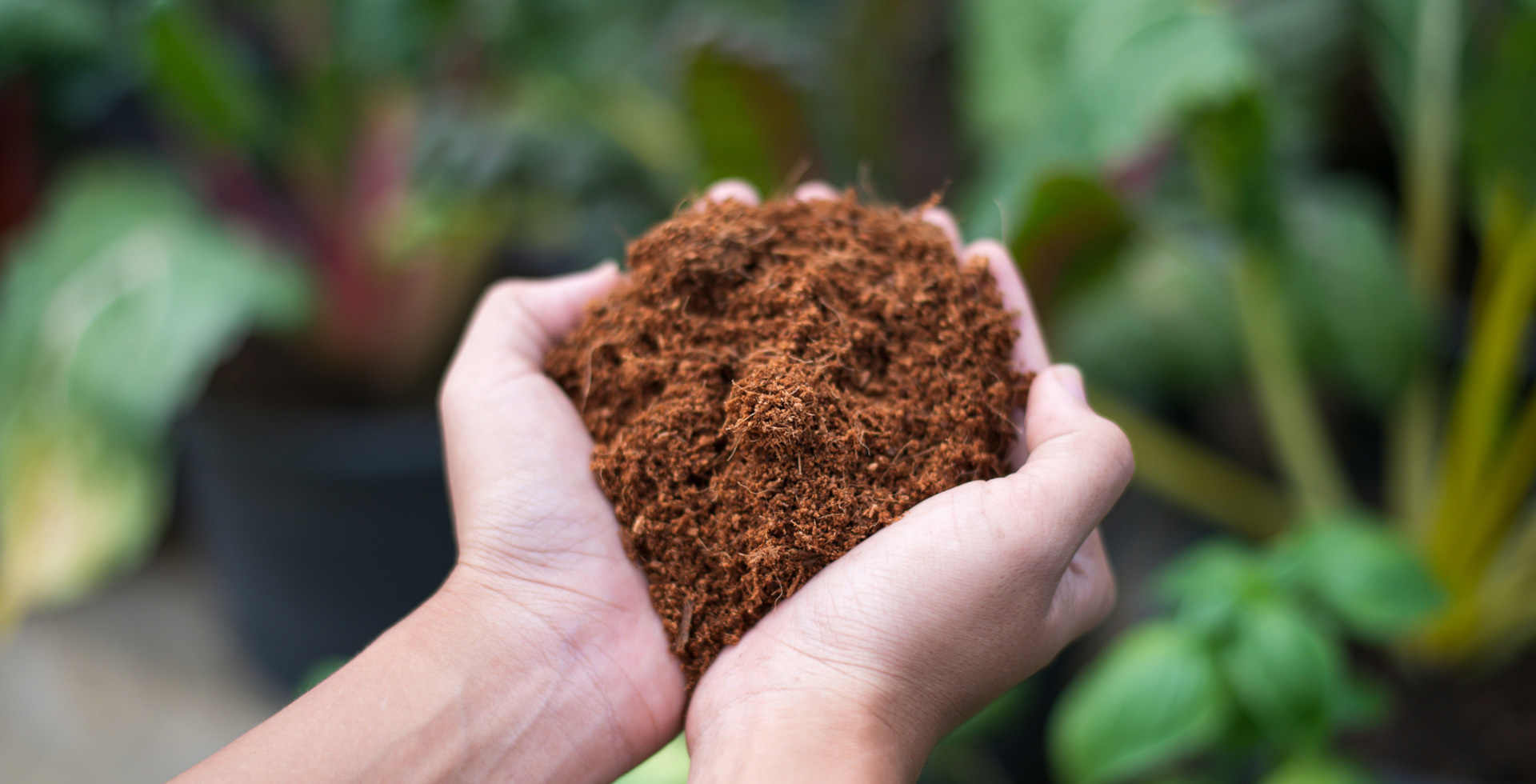The Difference Between Nanocellulose and Microcrystalline Cellulose
Published Time:
2025-09-24
Nanocellulose and microcrystalline cellulose are both cellulose derivatives, but they exhibit significant differences in structure, properties, and applications. Nanocellulose boasts smaller dimensions and a higher specific surface area, delivering outstanding mechanical performance and biocompatibility—making it widely used in composite materials, drug delivery systems, and the food industry. Microcrystalline cellulose, on the other hand, is partially hydrolyzed cellulose primarily employed as a pharmaceutical and food additive, prized for its excellent flowability and compressibility. This article will delve into the unique characteristics of these two materials as well as their respective application areas.
Nanocellulose and Microcrystalline Cellulose are both materials derived from natural cellulose, but they exhibit significant differences in structure, properties, and applications.
I. Structural Differences
Nanocellulose :
- Nanocellulose refers to cellulose materials with diameters at the nanoscale level (typically ranging from 1 to 100 nanometers), and it primarily includes nanocellulose colloids (NFC) and nanocellulose crystals (CNC).
- Its structural features include high dispersibility and a large specific surface area, enabling it to form a three-dimensional network structure.
Microcrystalline cellulose :
- Microcrystalline cellulose is cellulose that has undergone partial hydrolysis, typically with particle sizes ranging from a few micrometers to several tens of micrometers.
- Its structure retains some crystalline regions, exhibiting good flowability and compressibility.
II. Differences in Nature
Nanocellulose :
- It possesses excellent mechanical properties, such as high strength and high modulus.
- Due to its high specific surface area, nanocellulose exhibits excellent dispersibility and stability in water.
- It exhibits excellent biocompatibility, making it suitable for biomedical applications.
Microcrystalline cellulose :
- With excellent flowability and compressibility, it is suitable for use in the pharmaceutical and food industries.
- It has poor solubility in water but can absorb moisture, forming a gel-like substance.
- Primarily used as a filler and thickener.
III. Application Areas
Nanocellulose :
- As a reinforcing material in composite materials, it enhances the strength and toughness of the material.
- As a carrier in drug delivery systems, it enhances the release properties of the drug.
- Used in the food industry as a thickener and stabilizer to enhance the texture of food.
Microcrystalline cellulose :
- Widely used in the pharmaceutical industry as a excipient and filler for drugs.
- Used in the food industry as a thickener, stabilizer, and anti-caking agent.
- It is also used in cosmetics and personal care products as a thickening agent and emulsifier.
IV. Summary
Nanocellulose and microcrystalline cellulose each have distinct characteristics in terms of structure, properties, and applications. Nanocellulose, with its outstanding mechanical performance and biocompatibility, is well-suited for high-performance materials and biomedical applications; meanwhile, microcrystalline cellulose, thanks to its excellent flowability and compressibility, is primarily used in the pharmaceutical and food industries. Understanding the differences between these two materials can help in selecting the most appropriate one for specific practical applications.
Latest News
Contact Person: Hu Manager
Tel:15715853015
Email:964253538@qq.com
Address: No. 2 Pingjiang Road, Zhongguancun·Shaoxing Shumuwang Science Park, Didang Street, Yuecheng District, Shaoxing City, Zhejiang Province


